by Ian Skellern
The idea for this article first came to me many weeks ago, and this is the type of story (or even rant) that I usually find easy to write. So a week ago, when I thought I knew what I wanted to say, I enthusiastically sat down and wrote a long article about what I felt was wrong in watch journalism and what I thought might be done to fix it.
The words just flowed as they do when I care about something, and it felt great to get the idea down.
Then, the next morning, while proofreading before sending to our editor-in-chief, I realized that in writing my thoughts down, my thinking had changed – as it sometimes does. My thinking had changed so much that I deleted everything, begged for an extension, and started again.
And I did that every day for the last week.
Then yesterday I thought, whatever I write today I will publish tomorrow. No matter what.
This morning I deleted that too. It was too complicated. And this should be easy.
So here goes.
Two simple problems, two simple solutions
There are two main problems in watch journalism as I see things today – and this is from the viewpoint of a watch enthusiast, watch collector, (former) watch brand social media manager, watch publisher, watch photographer, and watch journalist:
1. Low average quality of horological articles written, often as a result of the perverse financial incentives away from quality journalism toward click-bait sensationalism and sycophantic brand-centric drivel.
2. Often obscure incentives – especially, but not always, financial – behind the articles we read. Advertising, advertorials, native advertising, direct sales, and exotic trips for journalists are all going toward one aim: to entice you to buy watches.
And if that worries you, it should: my headline wasn’t click bait; “. . . And Why The Biggest Problem Is YOU” refers to the fact that the reason there are so many murky financial influences behind nearly everything we read online (not that print magazines are much different) is that you (and I) do not pay anything toward them.
The reader might feel like a customer, but customers pay. And the only ones generally paying toward watch content are watch brands.
Watch brands are the clients, not readers, and that’s something that is far too often overlooked.
Most of the great watch content you read, sometimes on a daily basis, is paid for by the brands, either directly or (not very) indirectly. We can complain about things, but we should not be surprised.
Follow the money
One problem with watch journalism (or perhaps I should refer to it as watch-related content), as much of what we think is independent editorial is likely to be brand-sponsored advertorial, is that we have watch brand money paying for advertising, advertorials, and exotic events for journalists.
AND, as if that’s not enough, a significant percentage of watch journalists — myself included — really does love watches. We don’t need financial inducements to wax lyrical about whatever makes our heart beat faster; the money just makes possible what we would do (and likely did) for free anyway.
And now you have decently-sized watch media outlets like Hodinkee and Revolution selling new watches. How might that influence what journalists write about and what they say?
The big problem is that we have no idea what influences publishers and journalists, and the influences are anyway so varied and intertwined that they are likely to be nearly impossible to unravel (and that’s just me).
I’m not against all of these different income and inducement streams, just that they should be more transparent to the readers.
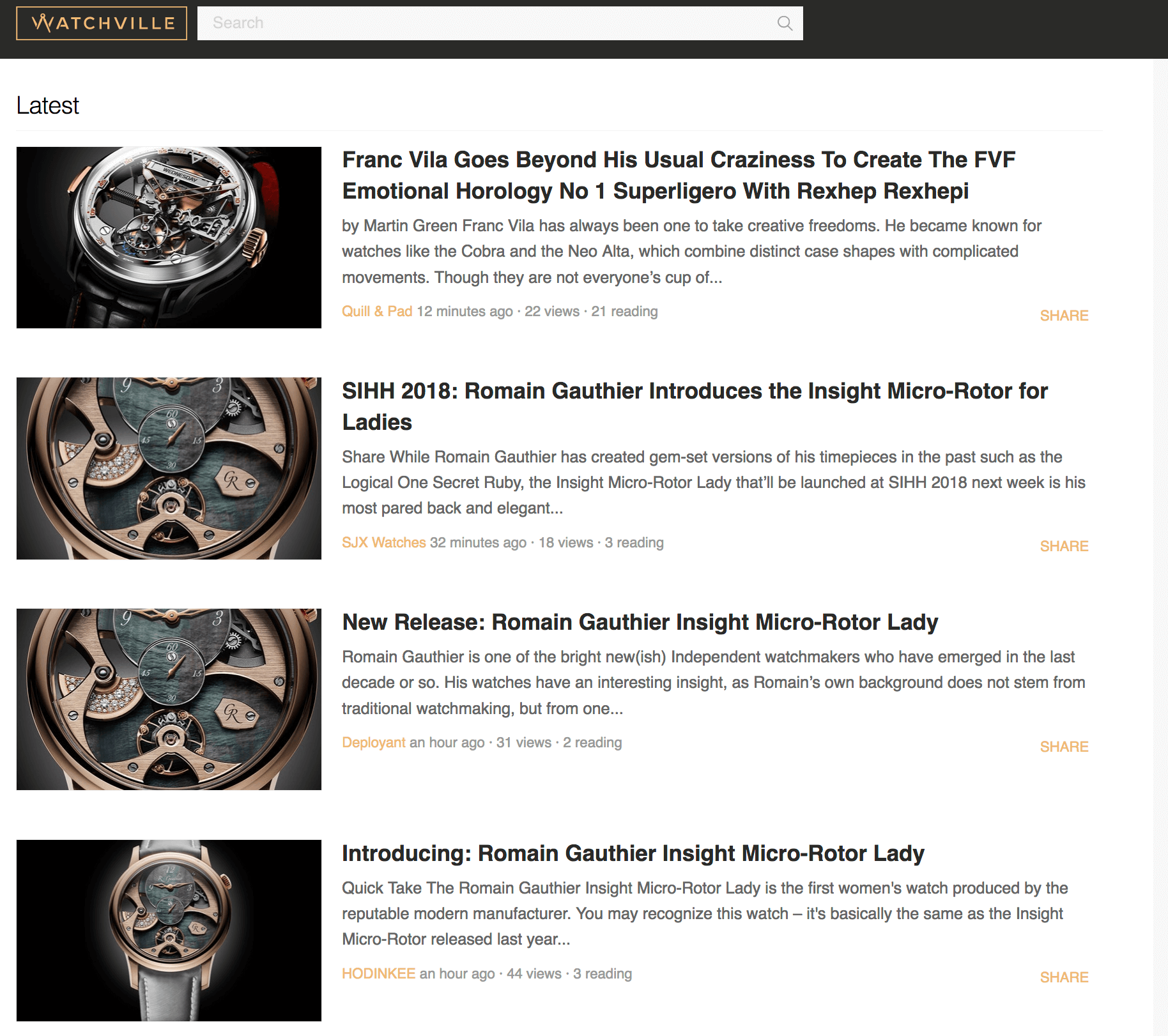
How often do we see long list of the same watch on Watchville? At Q&P we are sometimes as guilty, but surely we can all do better than this?
Listicles, we all love listicles
It’s also worth noting that if we had titled this article “5 Reasons Why The Biggest Problem In Watch Journalism Is YOU,” then a great many more of you would have clicked to read this article.
For most, if not all digital publications, the majority of income rises or falls at least indirectly with the size (and quality) of our audiences. In the short term it would be a no-brainer to use more listicles to increase visitor traffic, but clicking on a listicle is like sucking a piece of candy: a short-term burst of pleasure, but no long-term satiation.
A listicle-type headline generally tells me (as a reader) two things: there is likely to be very little actual information and there will be very little noteworthy about what’s on the list, apart from the fact that it is on the list.
If I had used a listicle headline, this article is likely to have attracted many more readers, but they are also likely to be the type of reader who will have a quick glance before clicking off elsewhere. By using a more standard headline, I’m hoping to indicate that this content is of a more serious nature, and as such is likely to appeal to the contemplative and informed reader (and if you have got this far, it likely worked).
The business models of the majority of watch blogs and platforms (excluding Quill & Pad) derive more income for more clicks, no matter how long the viewer stays on the page. So the incentive is to create easy, lightweight content that the reader will flit in and out of.
I’d like to see blogs and brands paying more attention to visitor engagement, i.e., how long readers stay on the page and how often they interact with the page (click links, open images, comment, etc.).
Three steps to horological Nirvana!
1. A Charter of Best Practices for watch publications and journalists, clearly setting out for all and sundry what to expect like clearly labeled native advertising and advertorials and transparent notices of incentives/inducements. Watch publications and blogs would display a logo signifying that they follow the code of best practices and readers could call out any transgressions.
There might even be a star rating at the top of each article where reader can rate the article out of five.
More importantly, watch brands should declare that they adhere to the same Charter of Best Practices so they have something to gain by the enhanced reputation (and something to lose).
2. An association of watch journalists with its own Charter of Best Practices that would publish guidelines for journalists, photographers, brands, and events.
If reviewing a watch, state upfront if personally handled or not; bring a different aspect to the story than simply “here’s a new watch.” News has little value, opinion does: tell us what you think of a watch or subject, don’t just repeat what the press release says.
3. A bursary or scholarship to encourage excellence in watch journalism. The vast amount of money financing all watch publications come from watch brands. And while the brands would love to dictate every word to praise themselves, they know that a third person’s viewpoint, especially a third person with deep knowledge of the subject and a talent for prose, is much more effective in influencing a reader than anything they can write themselves.
So brands and retailers might create a fund that each year hands out annual bursaries or scholarships that commissions selected journalists to write in-depth stories on whatever takes their fancy (now that’s a committee to be on!).
What is quality content?
People do not pay for news; they pay for opinion. Telling us that a new watch has launched isn’t journalism, it’s blatant brand advertising (and, yes, I’m as guilty as anyone).
Quality content educates us with a compelling story that readers want to share. Social media is not a repository of quality content, it’s a candy store, and I’d like to entice more people to eat in the fine-dining restaurant.
And as well as any, I’m fully aware that doing anything in life is a comprise, including writing and publishing.
Full disclosure
I should state up front that the only financial influence that I’m subject to in the context of this article are the 12 brands that support Quill & Pad on a relatively long-term basis. Quill & Pad does not generate pay-per-views as most online publications do, which is based on the number of pages you click; we focus on engagement. Our animated banner adverts rotate in a slideshow, so we are incentivized to create content that will entice the reader to linger on each page and look at a subject in depth rather than generate a sheer number of clicks.
So please join me in thanking Armin Strom, Fabergé, Greubel Forsey, Grayson Tighe, Hermès, Jaquet Droz, Jaeger-LeCoultre, Richard Mille, Romain Gauthier, Tutima, Ulysse Nardin and Urwerk, as it is only thanks to their support that I have the luxury to write my opinion on this for your consideration. These brands are supporting us at Quill & Pad to write about both themselves and other brands, as we wish, because you don’t.
Are you comfortable with that?
What changes would you like to see?
p.s. #bringbackmiguel
Update: Within a couple of hours of publishing this article, the image below shows the most recent posts from largish blogs on Watchville. Are readers simply consuming whatever is dished up or are the blogs just catering to demand? Only you can answer that one.

You may also enjoy:
Whither Watch Websites? The Future Of Online Watch Journalism (You Read It Here First)
The Watch That Changed My Life: The Jean Daniel Nicolas Two-Minute Tourbillon By Daniel Roth
Trackbacks & Pingbacks
-
[…] начале этого года наш коллега написал статью Watch Journalism In 2018: What’s Wrong, How To Improve . . . And Why The Biggest Problem Is YOU, актуальности которая не потеряла, и оставить которую […]
-
[…] months ago, my Quill & Pad colleague Ian Skellern published a provocative article taking issue with the current state of online watch journalism. Specifically, he criticized what in his view is the low quality and repetitive nature of what we […]
Leave a Reply
Want to join the discussion?Feel free to contribute!
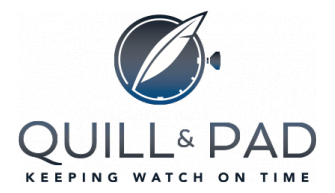






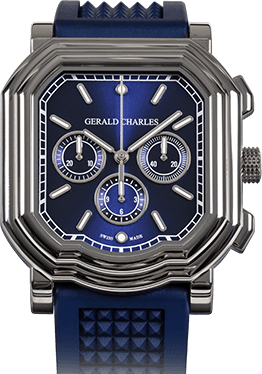
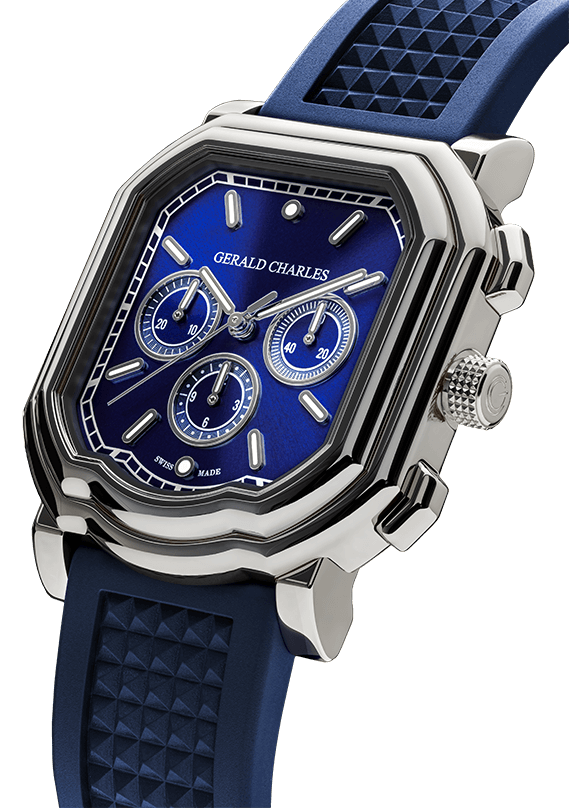


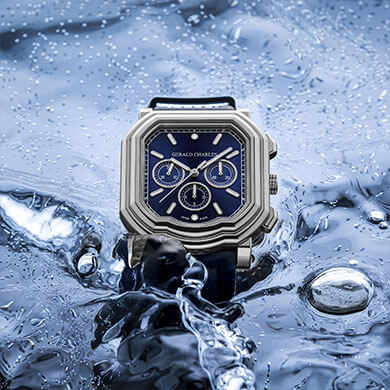

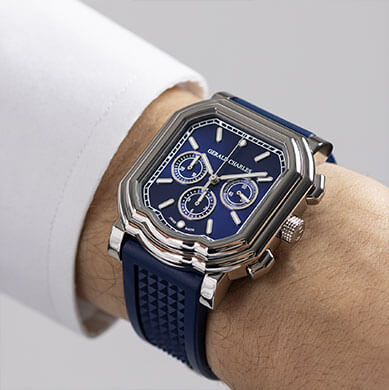



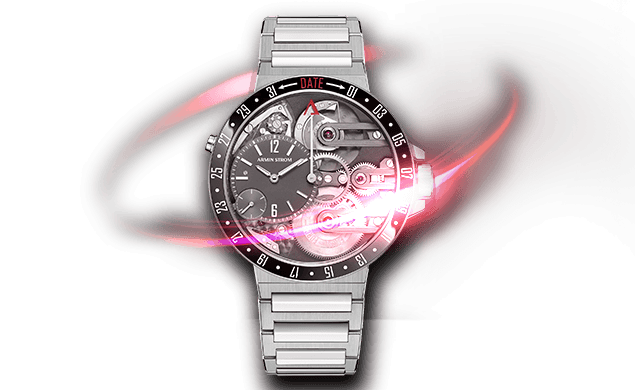
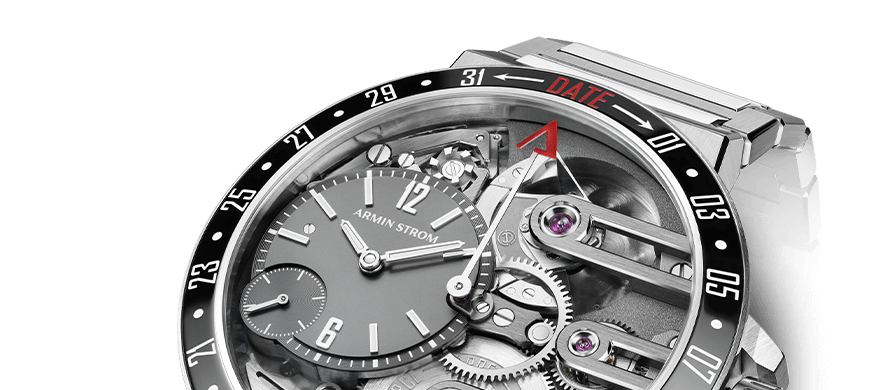
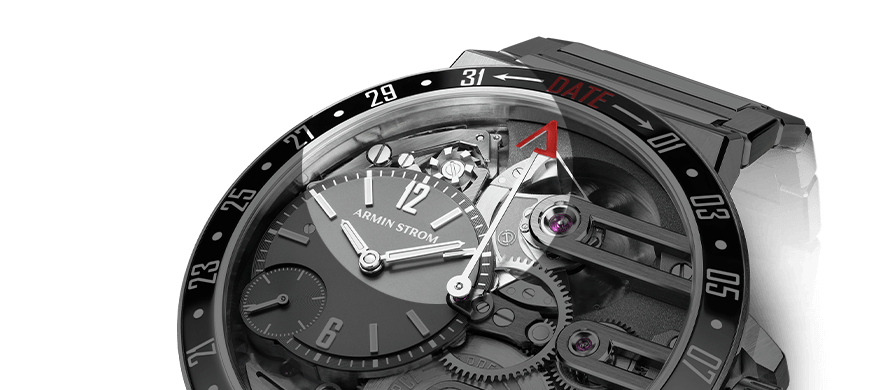


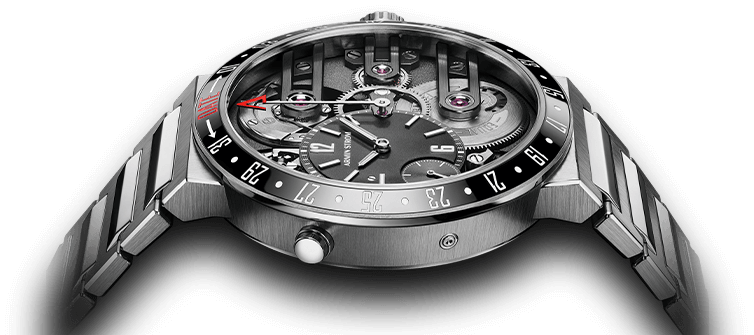
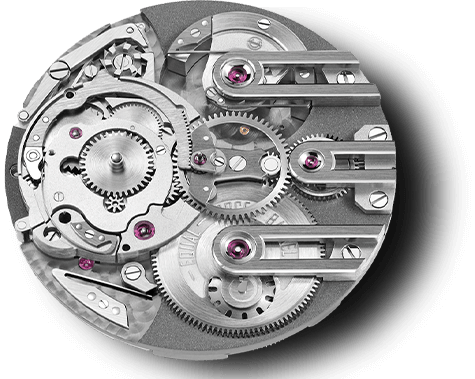








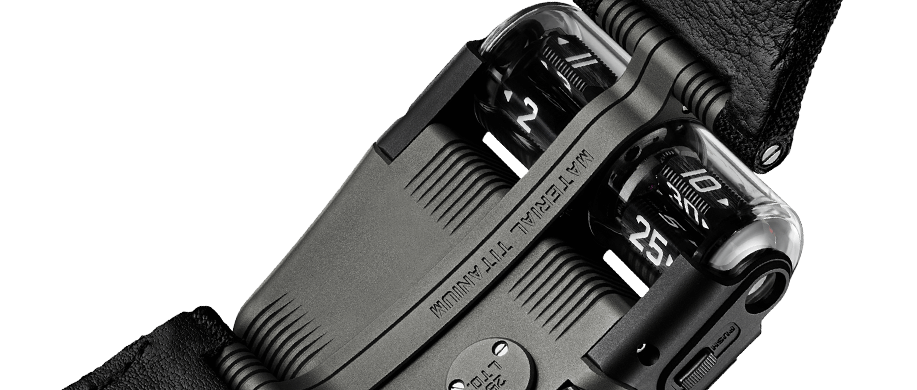



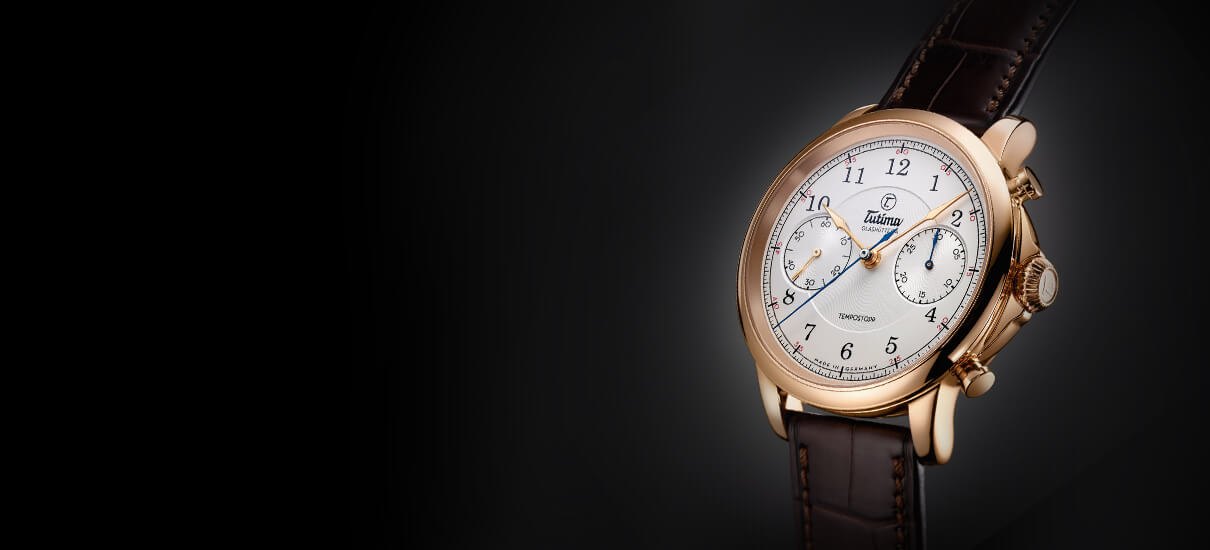

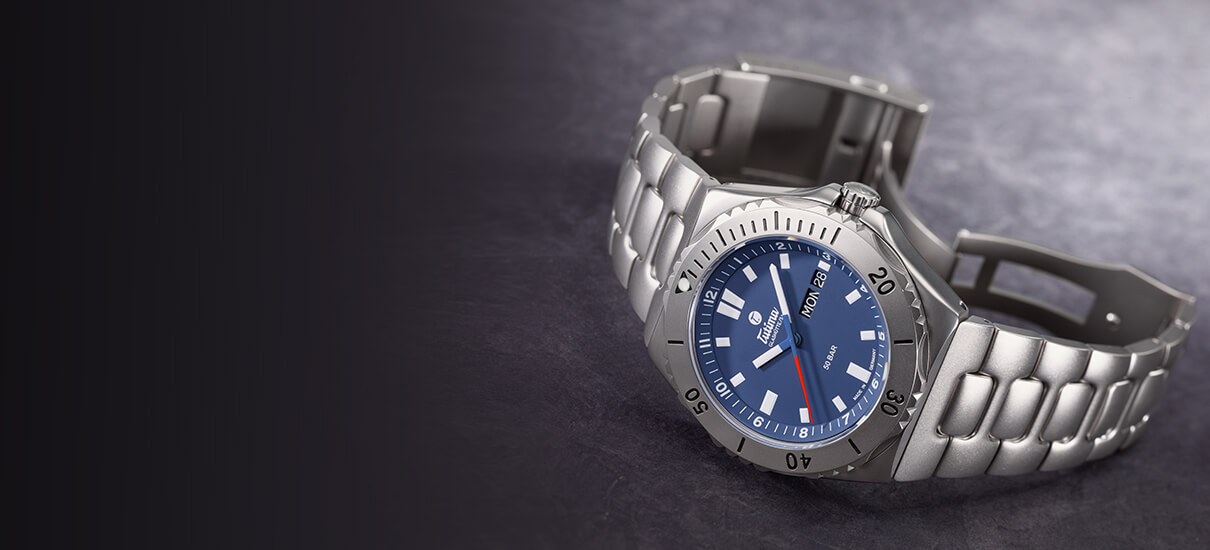

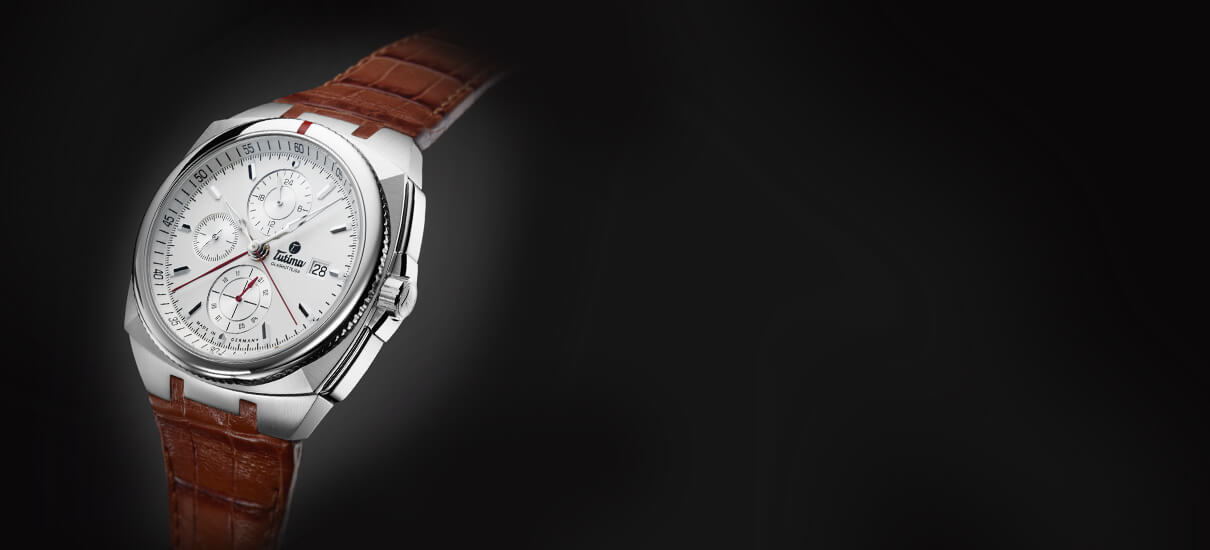

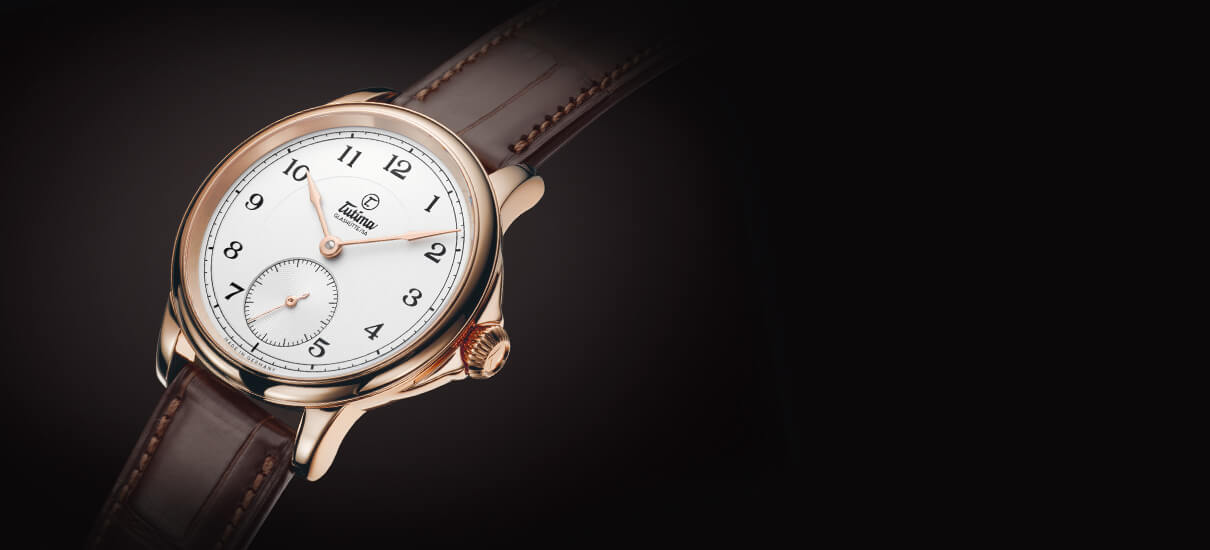

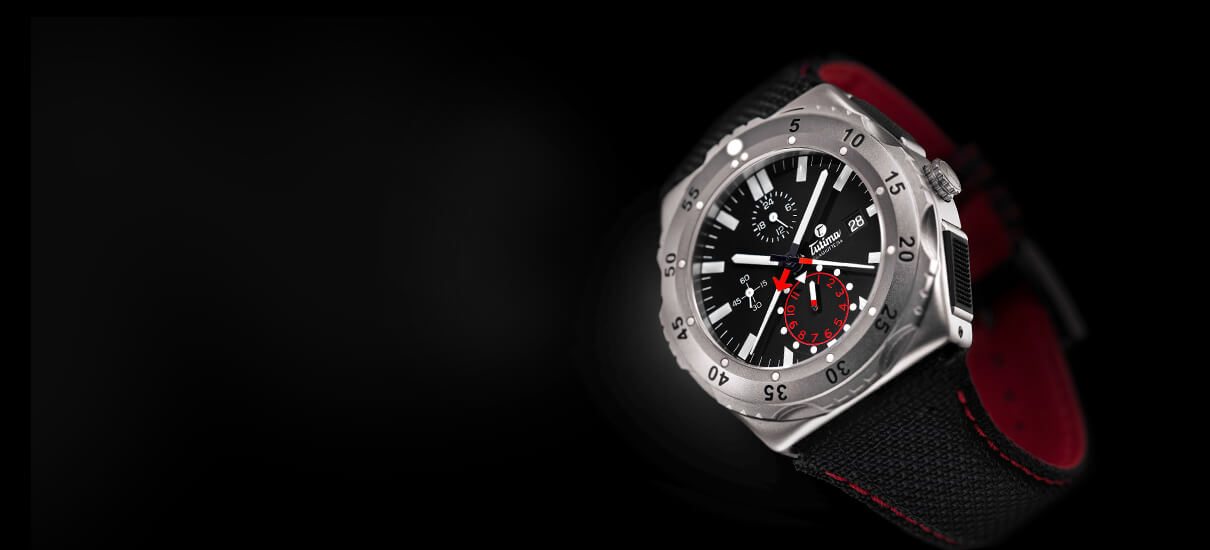

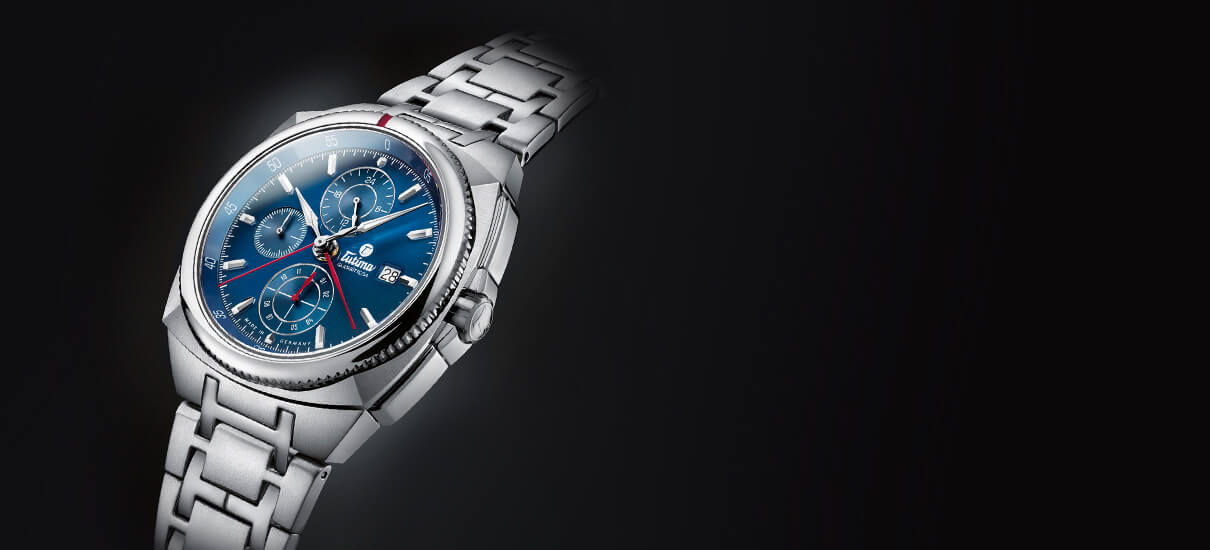

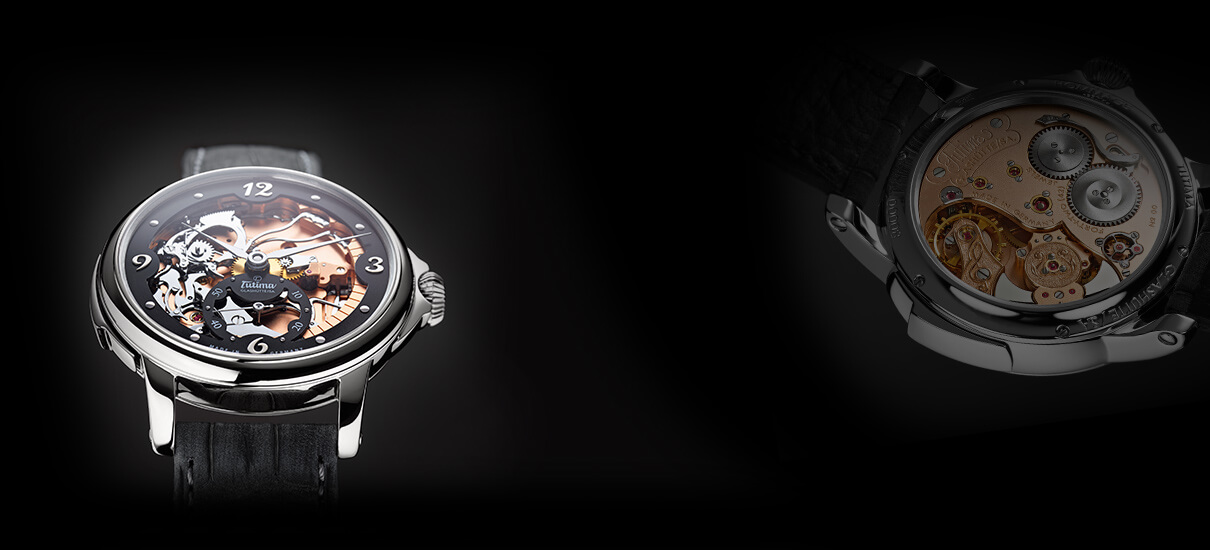



Add one thing: when one is reviewing a watch it should be mandatory to provide the list price in Swiss francs or $US, or state that the price is not yet available and will be provided when it is.
At Quill & Pad we agree with that, Richard.
Regards, Ian
Thank you for this article. A friend and I recently visited the SIHH and were underwhelmed by the “new” collections from the industry. Reading the various “best of SIHH” articles on Watchville however, gave the impression this is one of the best watch years ever…. Now we know why… Thank you.
Thanks for your support, Peter.
“The 7 Things I think when I read a watch “article” on line”
* Has this writer even seen this watch?
* Why should I care about the watch(es) the writer is writing about?
* Are there really that many watch brands out there?
* Does all this verbiage drive up demand? (5711, Hulk, ROO). And whose brilliant market strategy came up with “short or non-existent supply?”
* Why do all these time only watches that interest me cost $20K USD?
* Who decided that a watch is the only way a man can express his individual style?
* Do sneaker companies pay for “content?”
* There seems to be much more interest in watches these days than 20 years ago
Thanks Ian for informing those who haven’t looked behind the curtain before.
Thanks Larry, and in answer to your points:
* Has this writer even seen this watch? Agreed, without that or at least interviewing somebody, it’s advertising not editorial: we should all admit that.
* Why should I care about the watch(es) the writer is writing about? That’s the question the author should be answering straight off the bat.
* Are there really that many watch brands out there? Many more than you can imagine.
* Does all this verbiage drive up demand? (5711, Hulk, ROO). Undoubtedly.
* And whose brilliant market strategy came up with “short or non-existent supply?”Don’t know but he deserves a knighthood.
* Why do all these time only watches that interest me cost $20K USD? You obviously have good taste.
* Who decided that a watch is the only way a man can express his individual style? I’m sure that shoe blogs say otherwise.
* Do sneaker companies pay for “content?” Not ours unfortunately, but that’s work looking into. Thanks for the tip 🙂
* There seems to be much more interest in watches these days than 20 years ago. Agreed. But then there’s more interest in everything. I’ll bet they said the same thing after Gutenberg.
Regards, Ian
Thank you for writing this. I think similar murky dynamic exist in journalism covering things that aren’t watches, consumer electronics, camera, cars, the list goes on. So I think instead of an association of watch journalist, an association of journalist that covers any consumer product might make sense? Doesn’t something like that already exist?
While quality contents is great, to me the bigger issue is that consumers getting duped by collusion between companies and the people who write about the products.
Agreed, these issues are not confined to watches: watches is just the area I feel qualified to comment on.
Regards, Ian
And yet Hodinkee still has the audacity to claim that none of their content is paid for. This is the biggest travesty in watch journalism today.
All content is paid for one way or another and I have a lot of respect for Hodinkee.
But I’m all for calling out non-declared or barely-declared native advertising and advertorials. And if articles read like that that the reader is right to question who is the writer is working for.
Regards, Ian
Thank you for writing this. There is a subtheme of quality over quantity in your musing here. I point this out because while it may be true that listicles generate more eyeballs, substantive articles with real horological content may attract the eyeballs that matter: collectors and serious enthusiasts who represent a lot of spending firepower.
You have hit a hole in one! That’s the raison d’être and business model of Quill & Pad.
Regards, Ian
Such a well thought-out article, Ian. I too find the current state of most blogs too pandering and lethargic.
After reading the umpteenth ‘review’ article,I am left with the same feeling as when asked to fill out a hotel survey and being told, ‘We consider anything less than an 8/10 a failure.’ Why bother reviewing something if you can’t give an actual opinion? I want unabashed honesty, and instead it’s fluffy advertorials like you have said.
I am thankful for the disclosure of the brands supporting Quill & Pad, and for the level of care taken in creating each article to come from this site.
Best regards,
My suspicion is that most readers of this and other watch-blogs will be fairly serious enthusiasts who quite likely own several (or lots of) watches and are pretty savvy about the role of the influence (direct or subtle) of Manufactures on watch journalism and can make appropriate allowances. Consequently, I don’t think there is too much to worry about in this context. More casual, one-off buyers – who perhaps might be more easily mislead – probably won’t ever come to places like here anyway.
Should highlight what the #bringbackmiguel hashtag means, and why it is a complete joke 🙂
There should be some mysteries in life ?
Great article! I really enjoyed the topic, I was quite recently thinking about how big media sources have modelled the taste of consumers in the past few years.
But I believe in trusting your instincts when doing a major purchase like a watch. If I don’t like a piece a lot no journalist in the world would convince me to buy it.
I personally consume a lot of press on watches but mostly for information on what is new, understanding some technical details or simply for seeing pieces I will never have access to.
Also I should add that I have no problem with paid content, everybody has to make a living. Over time, with added experience, you learn how to filter and you are left with free content as a reader to enjoy
I have no problem at all with paid content, I just want to know that it is paid content.
Excellent article Ian! My hope is that you have planted some seeds that may take root and eventually bear fruit someday but alas, I fear it may be a long time coming.
It’s good to see Quill and Pad leading the charge nevertheless and holding yourselves accountable!
Thank you Bruce.
Hi Ian, Thanks for the article. The biggest giveaway for me that there is more money behind watch content than is declared is that I can’t think of an article since I started reading that has bagged a watch, called it a failure, called it ugly, pointless, below-par, or even just boring.
Not every watch is a success but you wouldn’t know that from reading the Watchville content.
The content is also very poor on qualitative comparisons. Which watches are the most accurate, the best liked in user polls, what are the sales figures of individual models?
I’d like to read a watch journo predict failure for a model and then be proven wrong or right a year later when the figures come out.
Praise is meaningless when there is never criticism.
PS: You have repeated a nearly identical paragraph, early in the piece, about your willingness to write for free.
Thank you, Jon, and repetitive point deleted.
As an average watch enthusiast, I would happily pay (around €10 a month) for a quality website. It is interesting to note that some watch websites could go down that route now that they have firmly established themselves, but have chosen not to – instead choosing to diversify by selling watches.
Having said that also, one could remark that some print magazines do not offer much in the way of critical reporting.